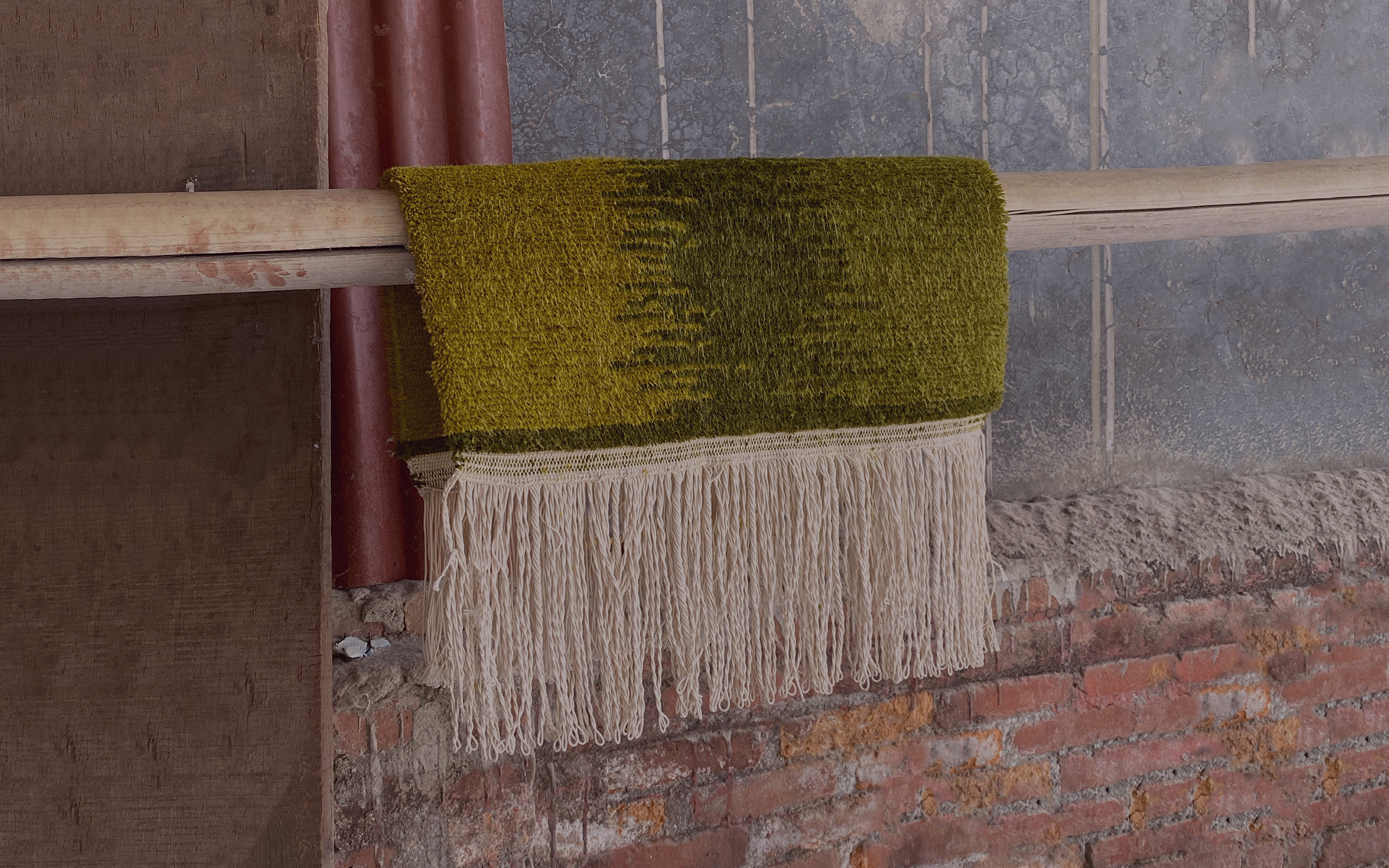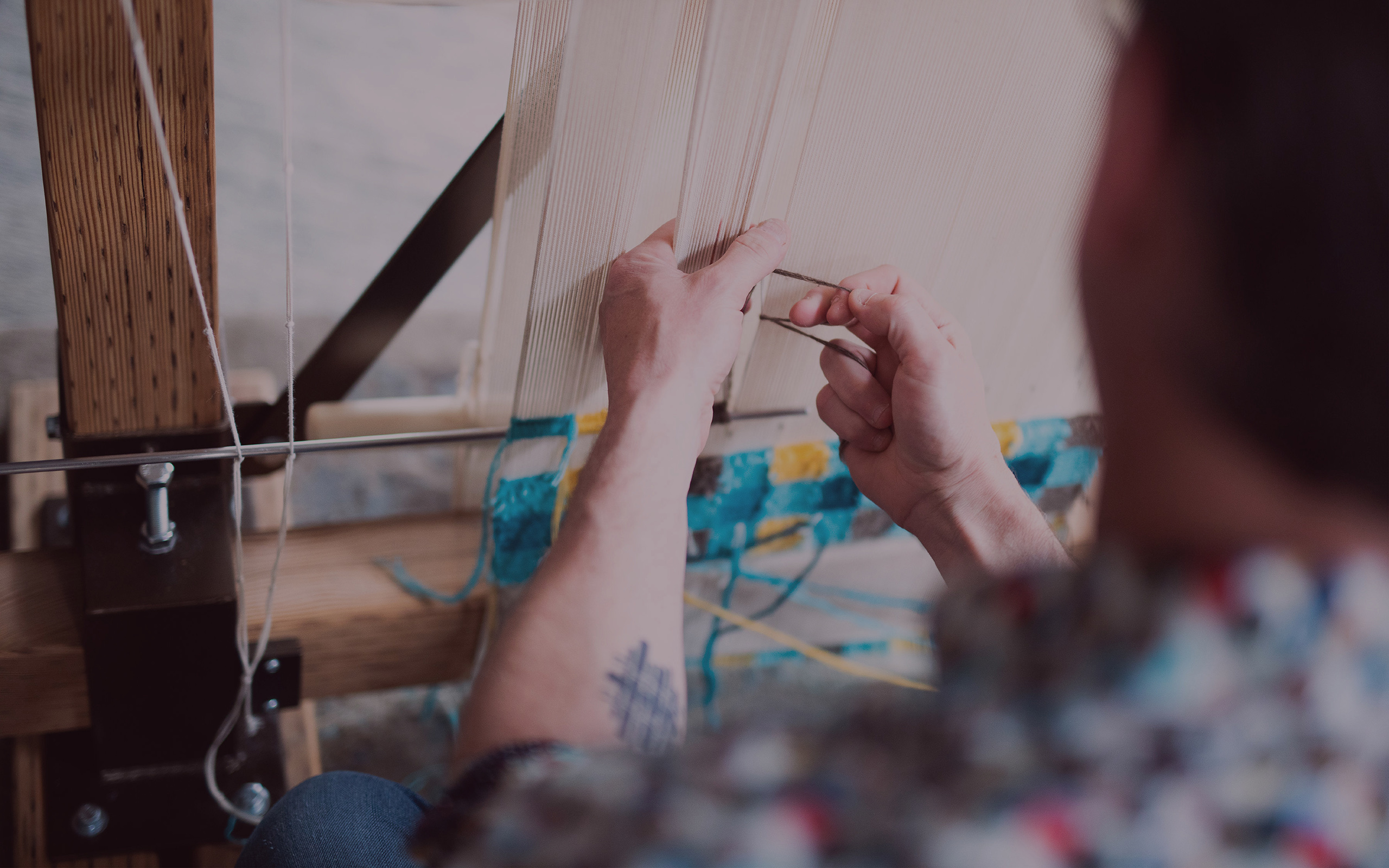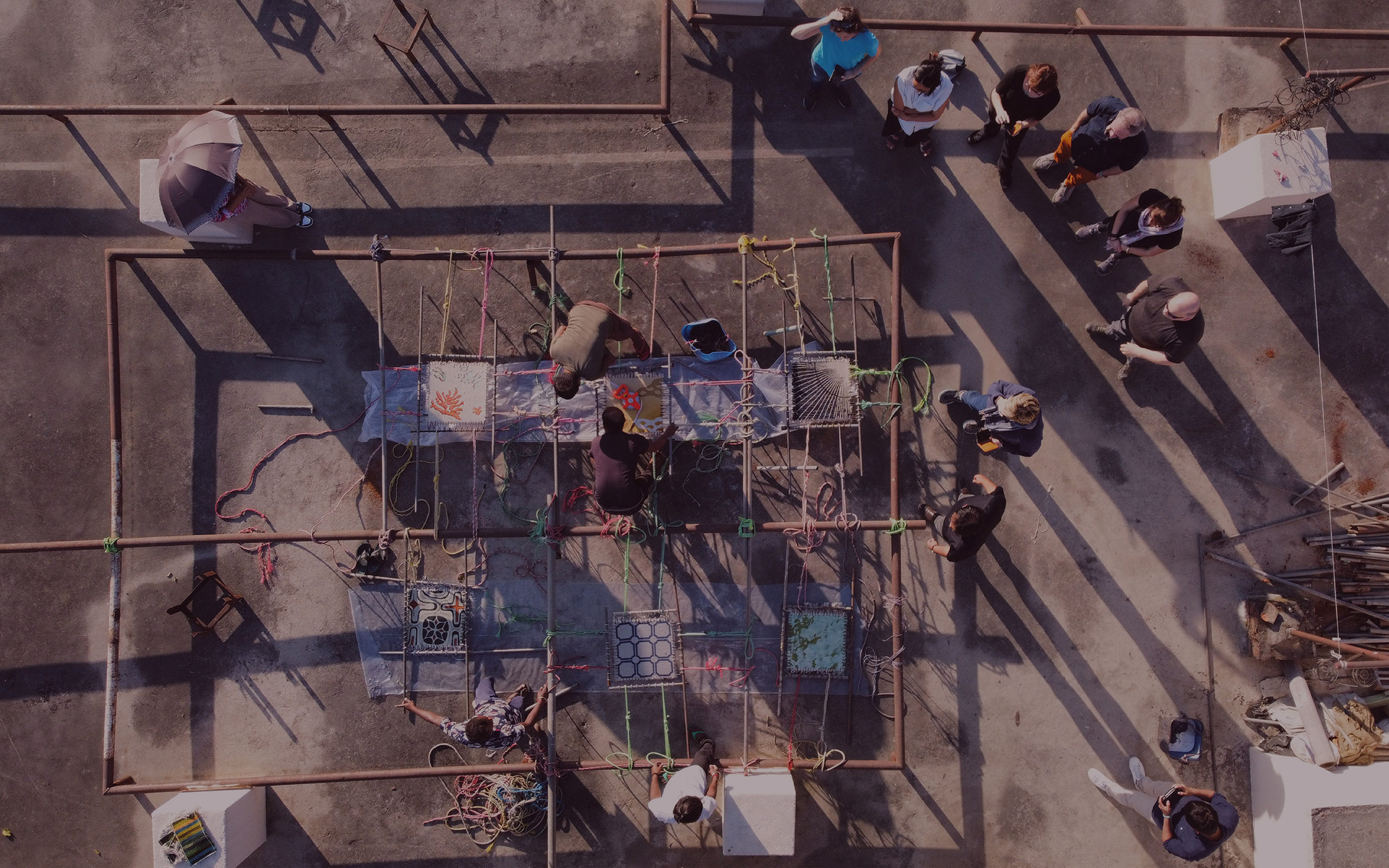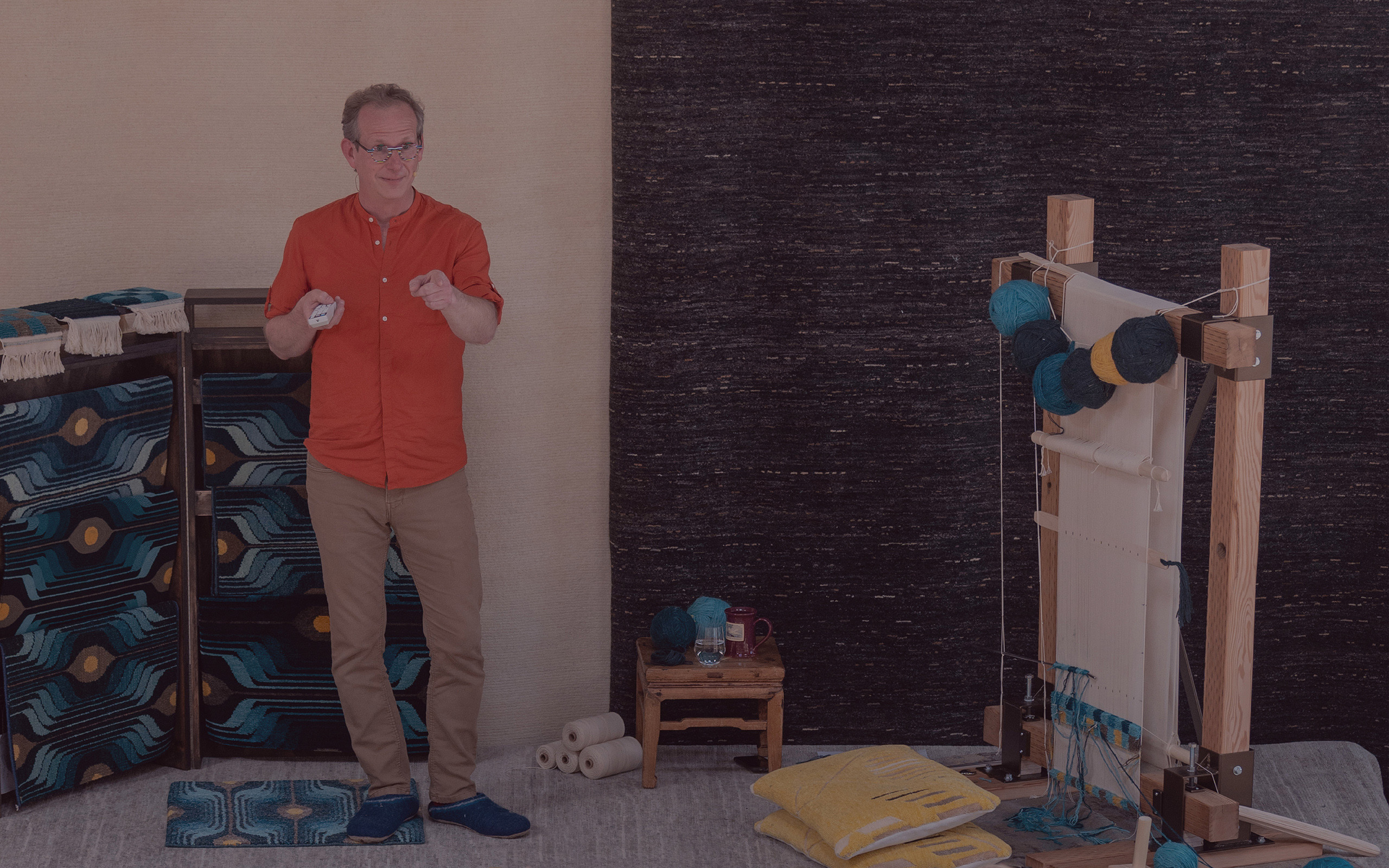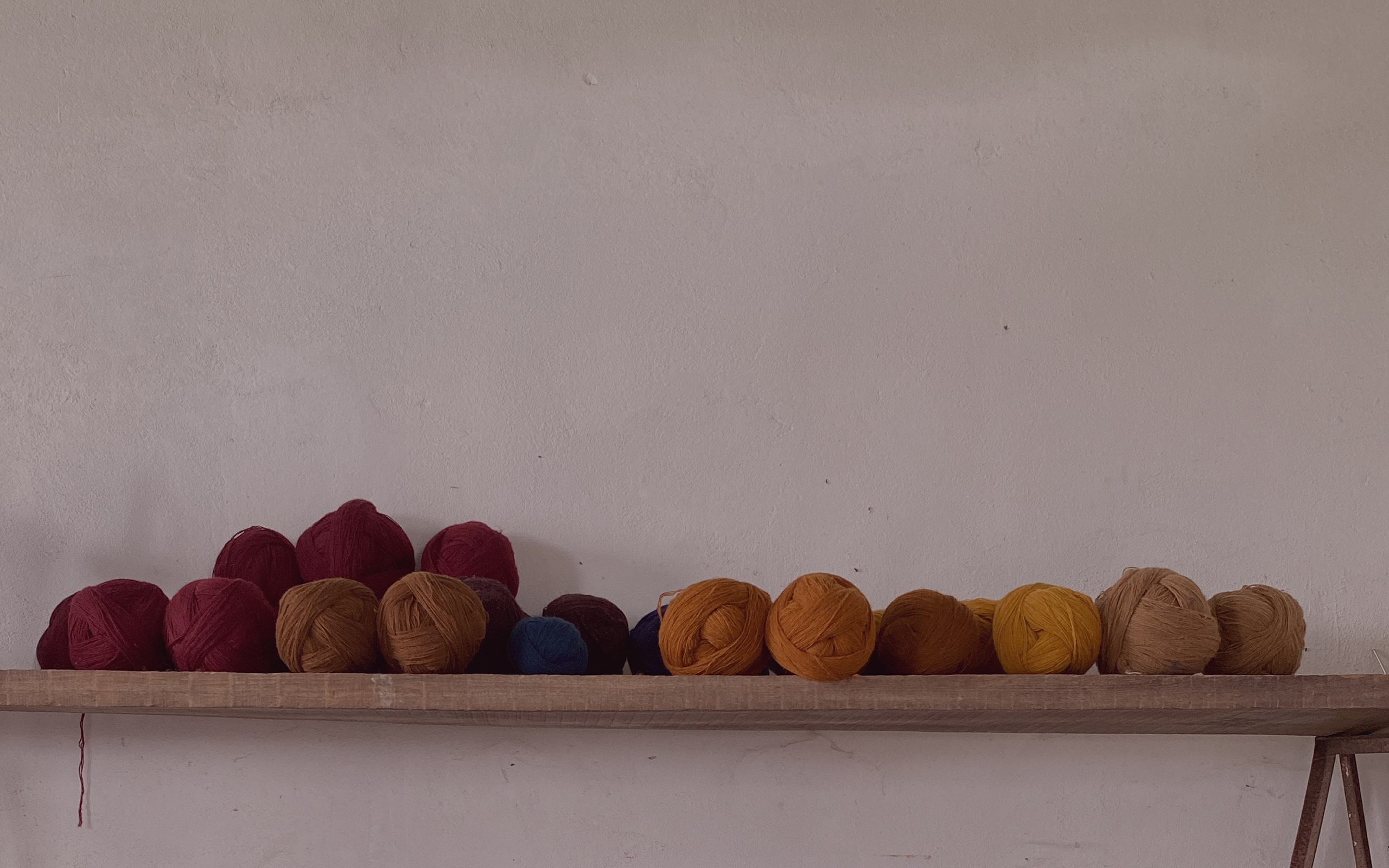Begun as a lark in the summer of 2008 the website of ‘The Ruggist’ has had many iterations. First as highly irreverent blog, then as a professional website for insightful commentary about rugs and carpets; penultimately it languished as a reflection of times past. If you’ve come looking for past articles, they can be found in the Archive section; however please note they are no longer updated nor maintained and many are out of date.
What you find here today is a more accurate reflection of not only me, Michael Christie the man behind the nom de plume of The Ruggist, but also my passion for forward looking modernistic views on the handknotted and handmade rug and carpet trade. Through various services such as Production Consulting, Weaving Demonstrations, Editorial Writing, and Speaking Engagements I work to more directly connect carpetry* to consumer while fostering an appreciation of handwërk in the 21st century.

